The Best Paper for Brush Lettering
Did you know that the type of paper you use with brush pens matters? Here is a list of the best paper to use for brush lettering and where you can find them all.

If you are just getting started with hand lettering, I want to let you in on a very important secret. It’s actually not a secret, but it’s definitely something I wish I had known when I started lettering. PAPER MATTERS!
Yep, that’s right. Using the right type of paper for brush pens, watercolors, and markers is important! Since this took me well over a year to figure out, I wanted to share my favorite papers I use for hand lettering.
Why does paper matter for lettering?
Why does paper matter when it comes to lettering, you may be asking? Well, many papers have a different “tooth”, meaning roughness or texture, to them. For example, your basic printer paper or notebook paper is typically thinner and has a bit of texture to it when you run your hand across.
That texture can wreak havoc on felt or fiber markers in the long run. The famous Tombow Dual Brush Pens are notorious for the tips fraying if used with a textured paper. Other felt or fiber markers can have the same result if used on rough paper over and over again.
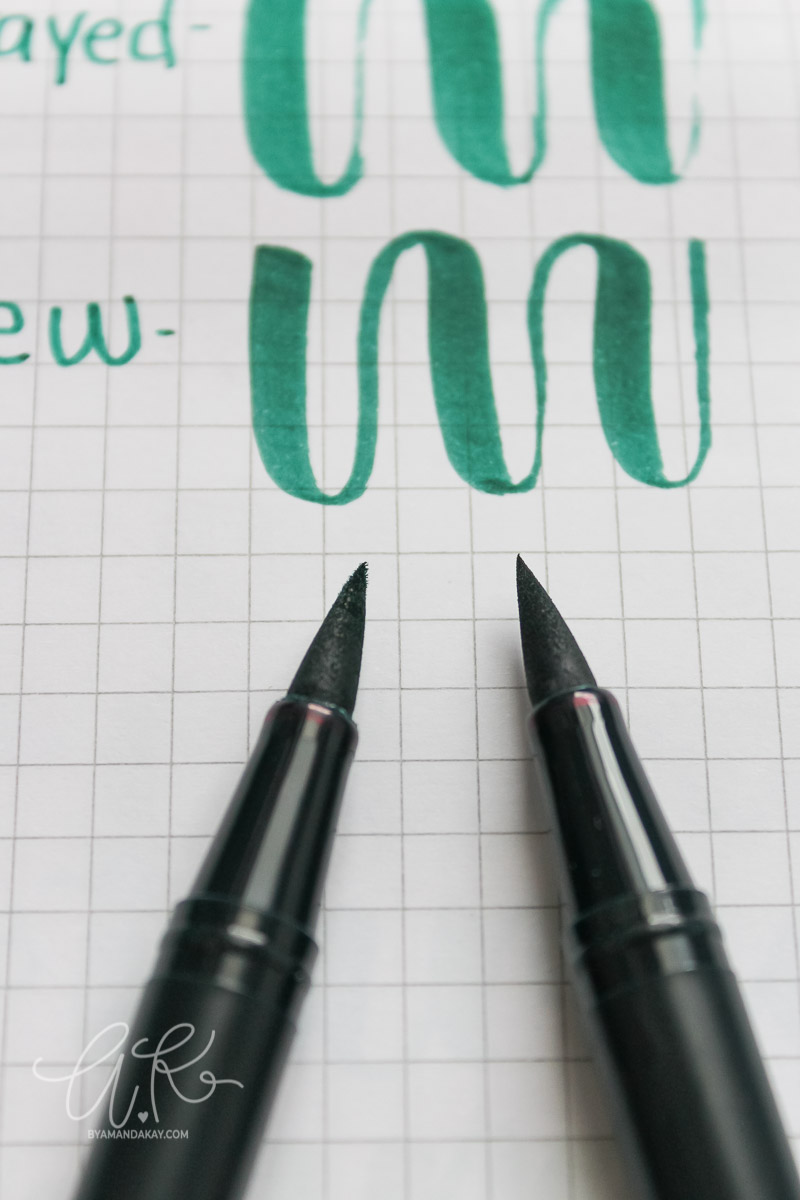
Thin paper too can cause bleeding when using markers on them, which means you are using more ink! No one wants to waste the ink or ruin the tips on their new (and possibly expensive) brush pens, so it’s important to use the best paper.
The Best Paper for Brush Lettering
If you walk down the paper and sketchbook aisles at your local art supply store, you’ll find many different types of paper that typically have a specific type of medium or utensil to use with. For instance, there is marker paper, watercolor paper, mixed media paper, and even just sketchbooks made for graphite. I’m going to talk about just a few of my favorite types of paper for use with brush pens, and where you can find them too.
Favorite Papers for Brush Pens
Any of the paper mentioned below can be found on Amazon. I’ve linked to them below, but you can also shop my favorite hand lettering supplies on my Amazon influencer page. Most of the papers are also available at Michael’s, Hobby Lobby and Dick Blick.

HP Premium 32 Printer Paper
This is a great alternative to regular printer paper. I always print any of my lettering practice sheets on this printer paper to practice with. It’s very smooth and a bit thicker than regular printer paper, yet still thin enough to feed through a regular inkjet printer. I also use the HP Premium 32 paper to practice lettering on before doing a final layout.
Canson Marker Lettering Paper 100lb
This is my go-to paper for brush lettering! It’s the paper I use for those final lettering layouts you see on Instagram and it’s great for blending! The paper is very smooth so it won’t fray those sensitive marker tips, but it’s very thick and durable! Because it’s so thick, but smooth, it’s great to use the Tombow blender brushes with and even holds up to blending with a bit of water. You can find the Canson Marker Lettering paper pads on Amazon, but I find it most often at Michael’s or Dick Blick.
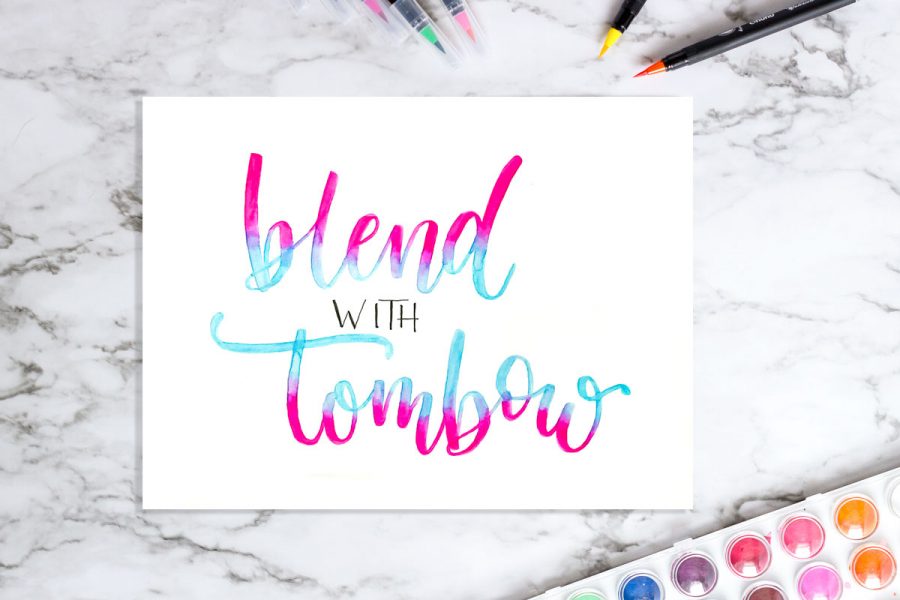
Strathmore Marker Paper 50lb
The Strathmore Marker Paper pad is another great paper to use with fiber or felt brush pens like the Tombow Dual Brush pens or Faber Castell Pitt. This paper is not as thick as the Canson Marker Lettering paper, but it’s thicker than printer paper making it a great paper to letter on.
Rhodia Dot or Graph Paper
Another great paper to use with brush pens is Rhodia dot paper. The dots or graph can help you get the layout just right, and the paper is still relatively thick enough to prevent much bleed through. I use the Rhodia pads especially when I am swatching new colors or pens.
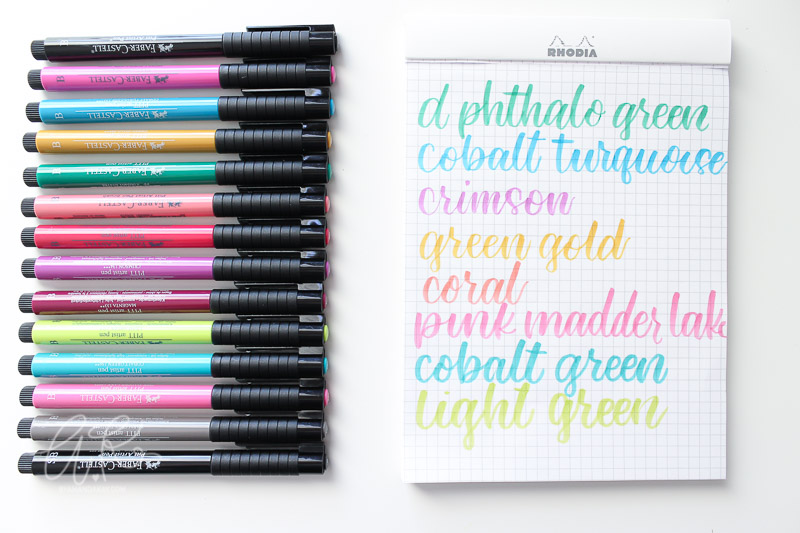
Strathmore Bristol Smooth Paper 100lb
When I can’t find the Canson marker lettering pads, I will turn to the Strathmore Bristol paper. The paper is smooth but thick and can hold up to blending.
Canson Tracing Pad
Tracing paper not what you expected to see on a list of paper to use for brush calligraphy? Well, any modern calligrapher should have some smooth tracing paper in their arsenal! The canson tracing paper is my favorite because it is buttery smooth! I love using tracing paper to create the best layouts for lettering projects. It’s also great to use if you have any books on hand lettering and want to do the practice exercises in them without lettering in the book itself (even if it’s meant to be lettered in).
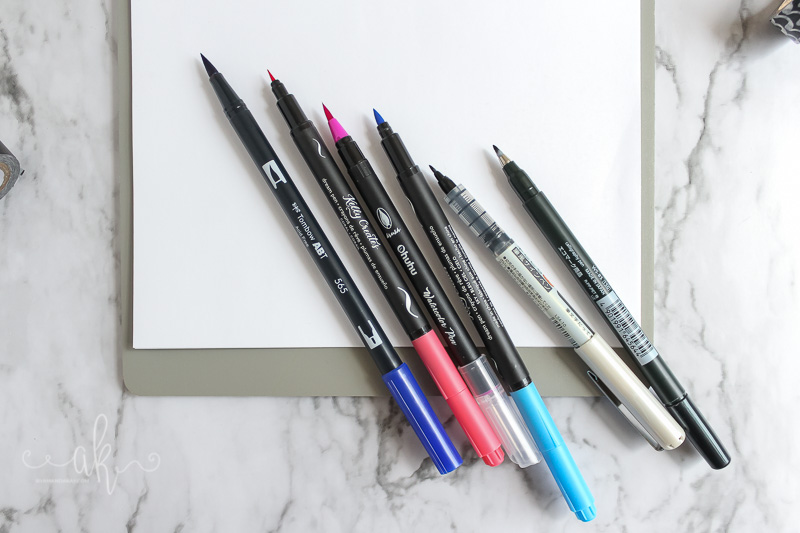
Hopefully you’ve found this list of my favorite papers to use for brush calligraphy and details on why paper is important helpful! If you have a favorite paper you like to use for brush lettering I’d love to know! I am always looking for new supplies to test out.
Don’t forget to share for later!
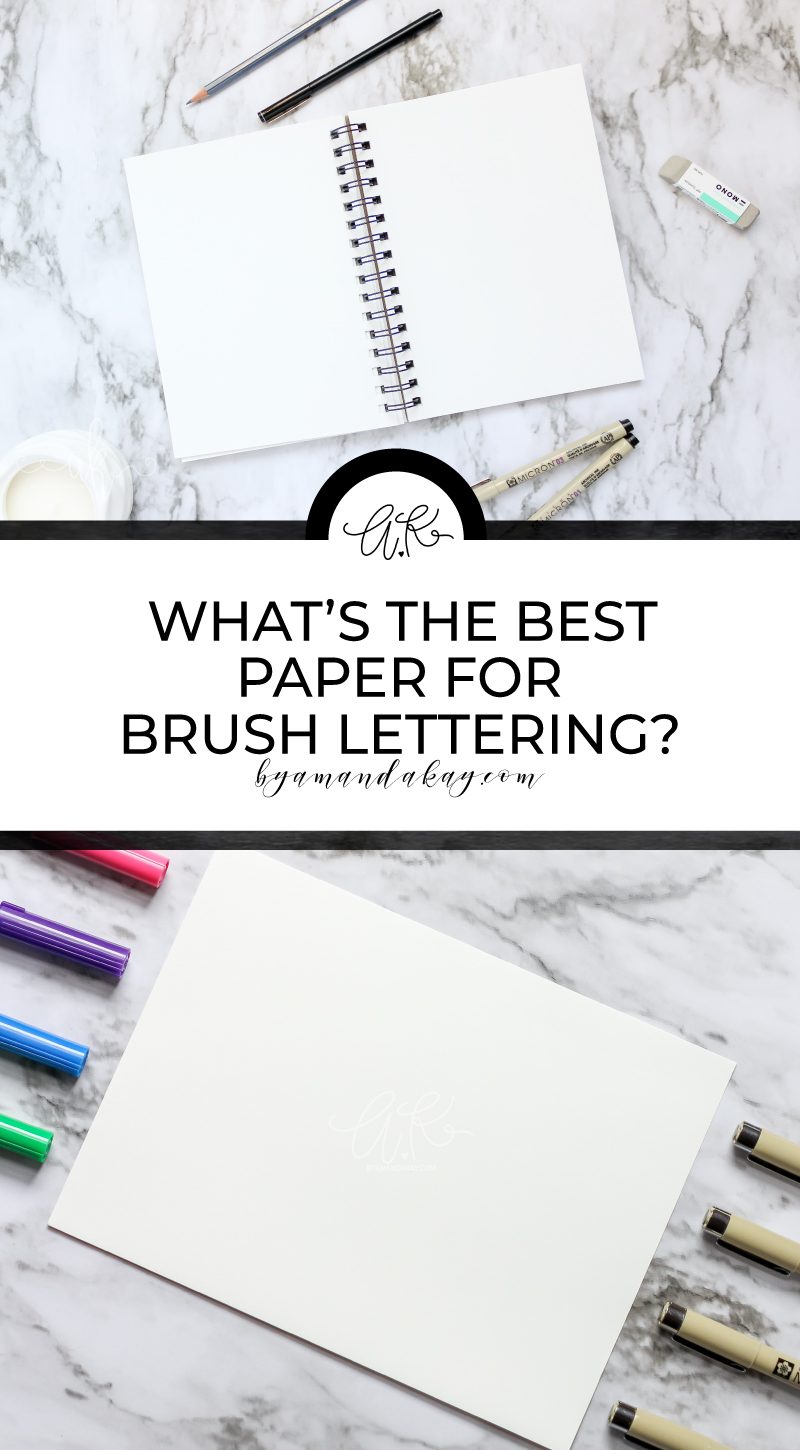




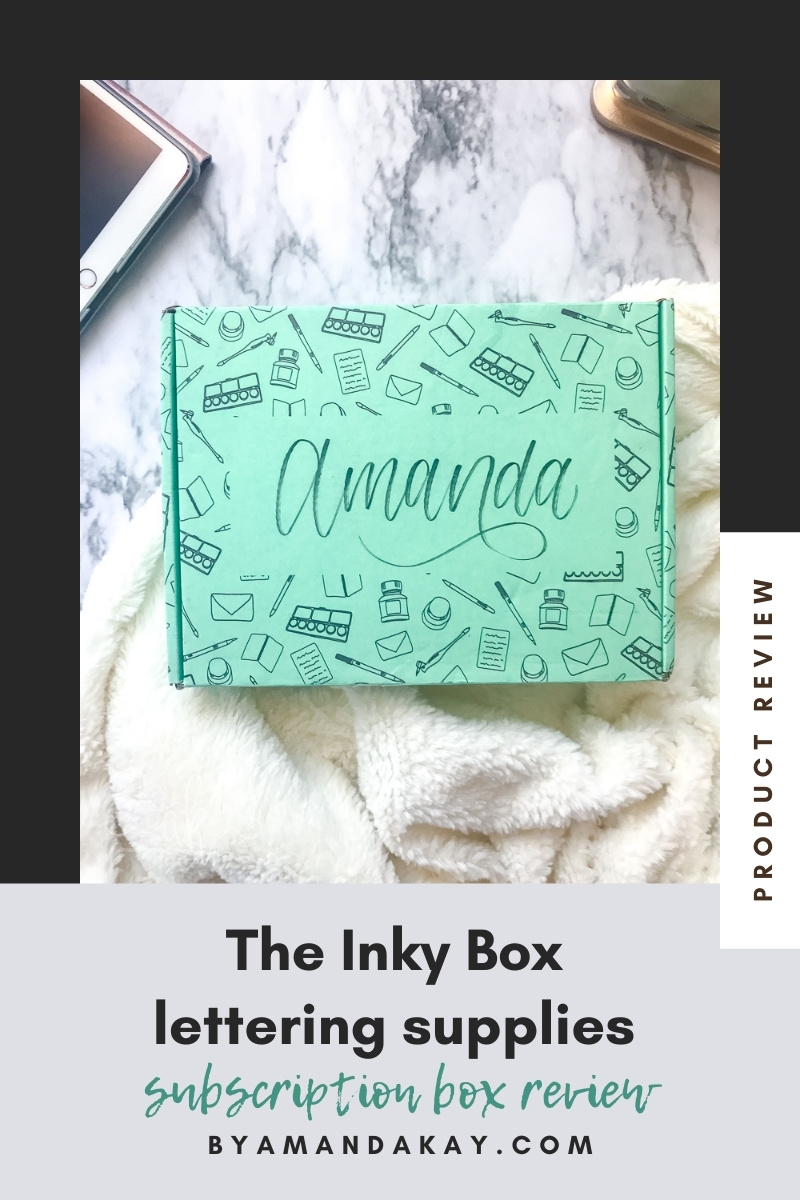
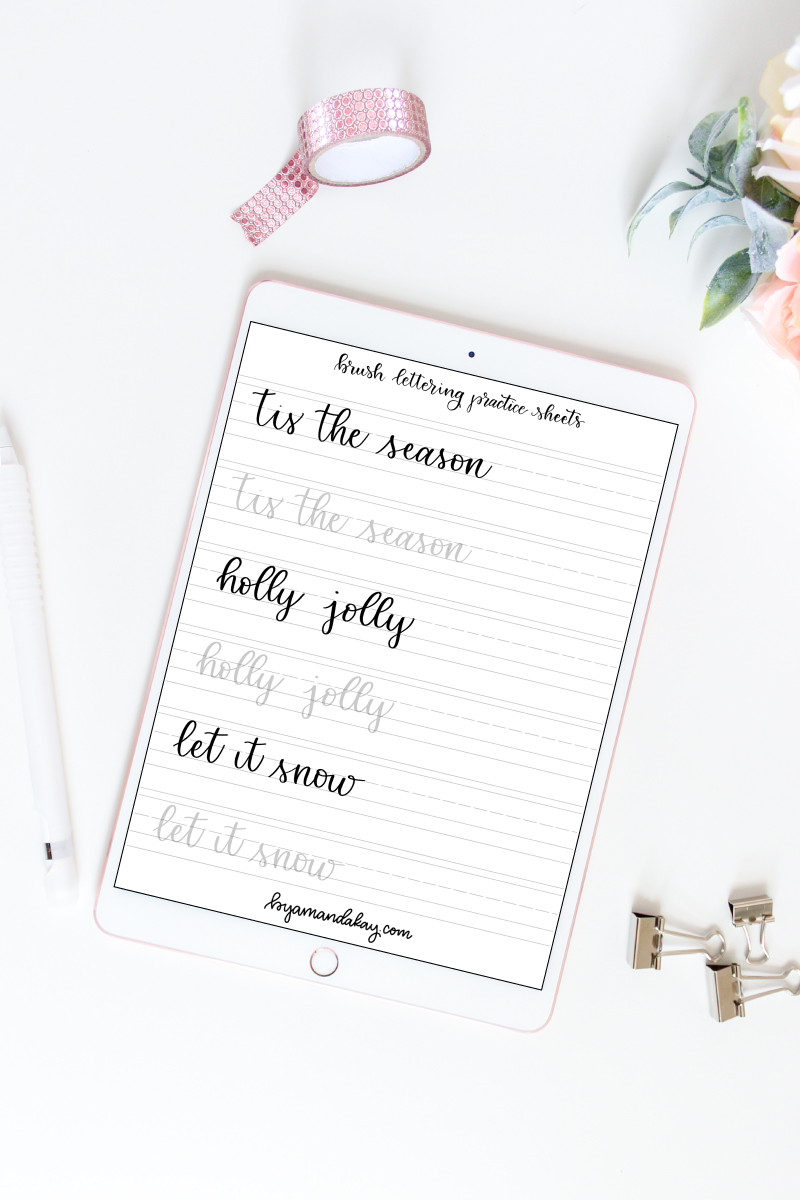
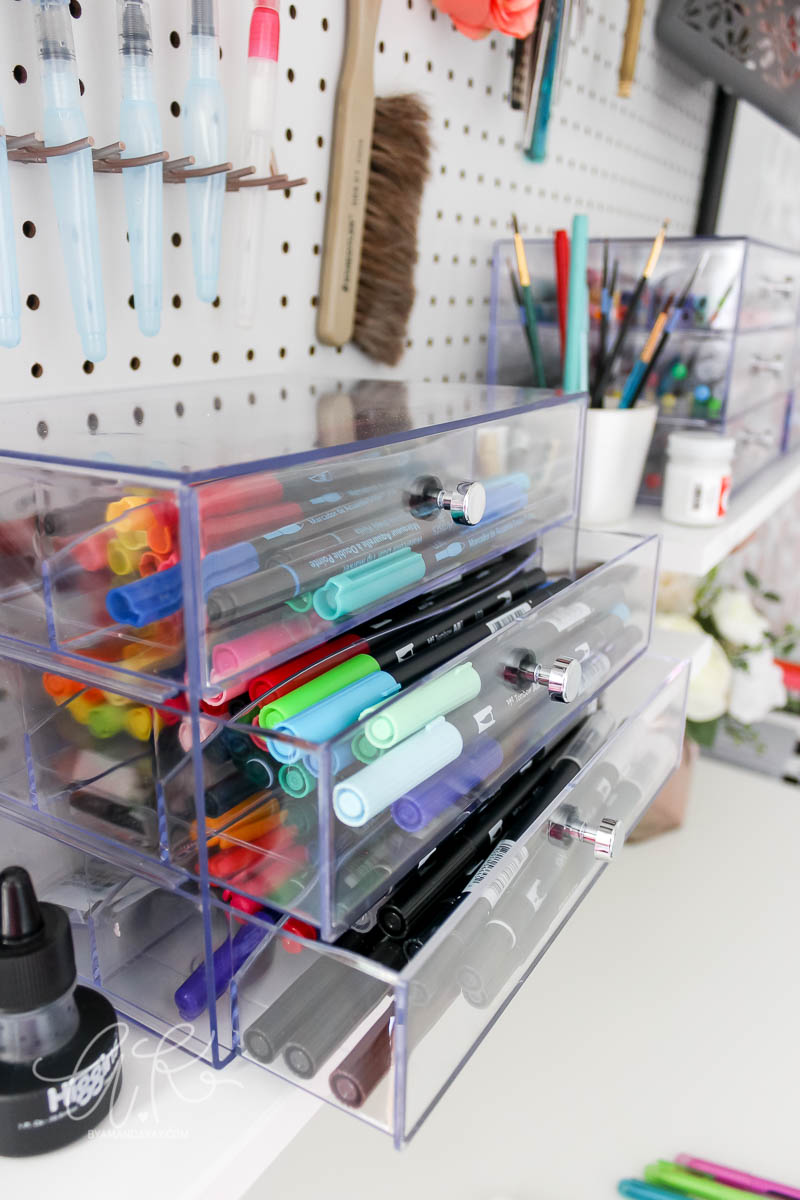
My favorite paper is Canson. I’ve tested it with several pens and pencils and it works fantastically. I had no problems with this paper using the brush pens I have. The pens glide so effortlessly across its surface. It’s also acid-free, so the paper will not turn yellow over time.
Hi! Love all your work and supernice tips! I want some ”scrap-paper” for practicing. I think the printerpaper seems like a good choice. But the one you recommend isn’t available in Sweden.. 🥺 I’ve searched everywhere for a similar paper, but there is a jungle and I don’t know which characteristics to be necessary. Don’t want to buy a paper who frayes my brush pens. Everyone out there is talking about Hp premium 32, but not any alternatives.. Do you have any ideas? Keep up the good work!! Hugs/Linda
Hi Linda! I’m not familiar with other brands, but here is what I would look for personally; Avoid recycled paper and regular copy paper. Look for ultra smooth, and papers that are for high-quality printing. Usually, a 32lb paper or greater is used for high-quality prints. The biggest thing is just finding a thicker paper that is very smooth, almost with a glossy feel to it. I hope that helps!